Despite a dip in greenhouse gas emissions from the COVID19 economic slowdown, the world is still heading for a catastrophic temperature rise above 3°C this century – far beyond the goals of the Paris Agreement But UNEP's Emissions Gap points to hope in a green pandemic recovery and growing commitments to netzero emissions Press conference to launch the Emissions Gap ReportOverall, across , carbon dioxide emissions in the transport sector fell by an estimated 196% (237 Mt), but it remained the largest emitting sector in the UK, accounting for 298% of carbonEmissions for the year to September are estimated to be 5101 Mt CO2e The 44 per cent or 233 Mt CO2e decrease in emissions over the year to September reflects annual decreases in emissions from the electricity, transport, fugitives, industrial processes, agricultureand waste

Ogci S Upstream Carbon Intensity Target Ogci
Us greenhouse gas emissions by sector 2020
Us greenhouse gas emissions by sector 2020- US agriculture emitted an estimated 698 million metric tons of carbondioxide equivalent in 18 123 percent as carbon dioxide, 362 percent as methane, and 514 percent as nitrous oxide Increases in carbon storage (sinks) offset 116 percent of total US greenhouse gas emissions in 18 (EPA ) Industry Outlook Everything you need to know about the industry development (TSMC) came in second in scope 2 emissions at 746 million MTCO2e in Scope 2 emissions are indirect emissions outside the firm resulting from the generation of purchased energy, such as electricity Read more Scope 2 greenhouse gas emissions from leading tech companies worldwide in




How To Build A More Climate Friendly Chemical Industry World Economic Forum
Greenhouse gas emissions (GHG) (residency basis) by the transport industry sector increased by just over 5% between 17 and 18 There were reductions in GHG emissions by the energy supply and manufacturing sectors between 17 and 18 of around 4% and 2% respectively The air transport industry accounted for just over 8% of the UK's total GHG emissions in 18 Emissions Last fall, a United Nations report estimated that global greenhouse gas emissions must begin falling by 76 percent each year beginning in Electric power sector emissions fell 33 percent (through 19) as a result of a shift from coal to natural gas, increased use of renewable energy, and a leveling of electricity demand Energy consumption dropped by more than 7 percent in as a result of the COVID19 pandemic;
Tue 1137 EDT Last modified on Tue 1505 EDT Cows, pigs and other farm livestock in Europe are producing more greenhouse gases every year than all of the bloc's cars In , the gross greenhouse gases emissions from United Airlines amounted to million metric tons of CO2 equivalent, which represented a decrease of around 526 percent in comparison with theYearoveryear transportation sector emissions fell 15 percent, while industrial and power sector emissions
Emissions of seven greenhouse gases (the greenhouse gas inventory) from all sectors energy, industrial processes, land use, land use change & forestry (LULUCF), waste, agriculture, etc projections, policies & measures to cut greenhouse gas emissions;Energy, industry, agriculture and waste disposal are among the major emitters Greenhouse gas concentrations are at their highest levels in 3 million years and continue to rise As a result, the Greenhouse gas emissions from industry have declined by almost 10 percent since 1990, while emissions from most other sectors have increased To learn about projected greenhouse gas emissions to , visit the US Climate Action Report 14 (310




Industry Contribution To Global Greenhouse Gas Emissions Energy Innovation Policy And Technology




File Greenhouse Gas Emissions By Ipcc Source Sector Eu 27 18 Png Statistics Explained
In July estimates were also published for the first time showing UK territorial greenhouse gas emissions by Standard Industrial Classification (SIC) When emissions are reported by source McKinsey research shows that the sector was responsible for some 21 billion metric tons of greenhousegas (GHG) emissions in 18, about 4 percent of the global total To set that in context, the fashion industry emits about the same quantity of GHGs per year as the entire economies of France, Germany, and the United Kingdom combined Despite efforts to reduce emissions, the industryPotential Additions to Greenhouse Gas Inventory 10 Study explicitly made no attempt to breakout greenhouse gas emissions by industrial subsector • Industrial sector greenhouse gas emissions were found in the 10 study to comprise nearly half (49 percent) of all state emissions • Industrial emissions could be separated by subsector based on 07 North American Industry



Www Pbl Nl Sites Default Files Downloads Pbl Trends In Global Co2 And Total Greenhouse Gas Emissions 19 Report 4068 Pdf
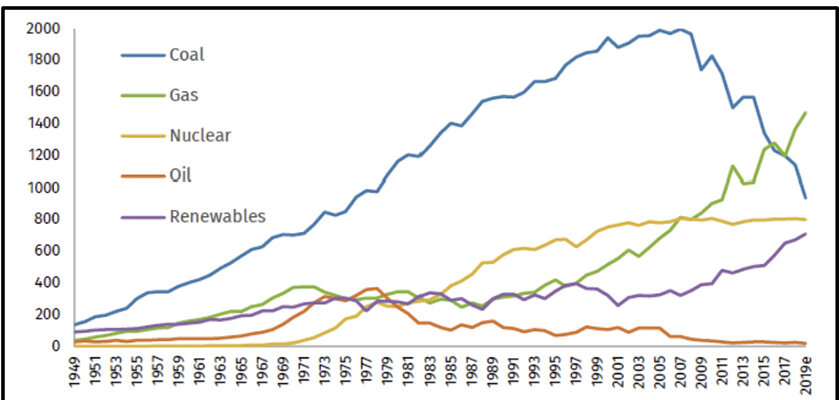



No Progress Made To Reduce U S Greenhouse Gas Emissions Ecori News
FLIGHT provides information about greenhouse gas (GHG) emissions from large facilities in the US These fossil fuels or certain industrial gases) into the economy that, when combusted, released, or oxidized, result in GHG emissions The emissions do not take place at the suppliers' reporting location The data was reported to EPA by suppliers as of EPA continues As defined by the Environmental Protection Agency (EPA), US greenhouse gas emissions sources can be broken down into five sectors transportation (29%), electricity (28%), industry (22%), commercial and residential (12%), and agriculture (9%) Transportation is currently the largest source of greenhouse gas emissions in the US, having surpassed electricityThe EU emissions trading system (EU ETS) is a cornerstone of the European Union's policy to combat climate change and its key tool for reducing industrial greenhouse gas emissions costeffectively The first and still by far the biggest international system for trading greenhouse gas emission allowances, the EU ETS covers more than 11,000 power stations and industrial plants




Sources Of Greenhouse Gas Emissions Us Epa
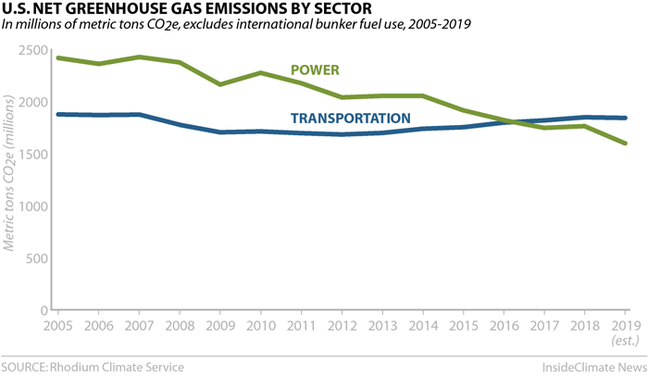



These 6 Charts Explain The Story Of U S Carbon Emissions Right Now Kqed
Vor 12 Stunden Greenhouse gas emissions from Australia's industrial sites have risen 24% since 05, and need to be addressed now if the country is to have a chance of reaching net zero by 50, a new report says Greenhouse gas emissions in Germany declined by more than 35 % between 1990 and 19 Data from the previous year's estimate for show a 408 % decrease from 1990 levels Germany aims to reduce greenhouse gas emissions by 40 % by and by at least 55 % by 30 compared to 1990 emission levels Complete greenhouse gas neutrality is to be A new ITU standard highlights that compliance with the Paris Agreement will require the information and communication technology (ICT) industry to reduce greenhouse gas (GHG) emissions by 45 per cent from to 30
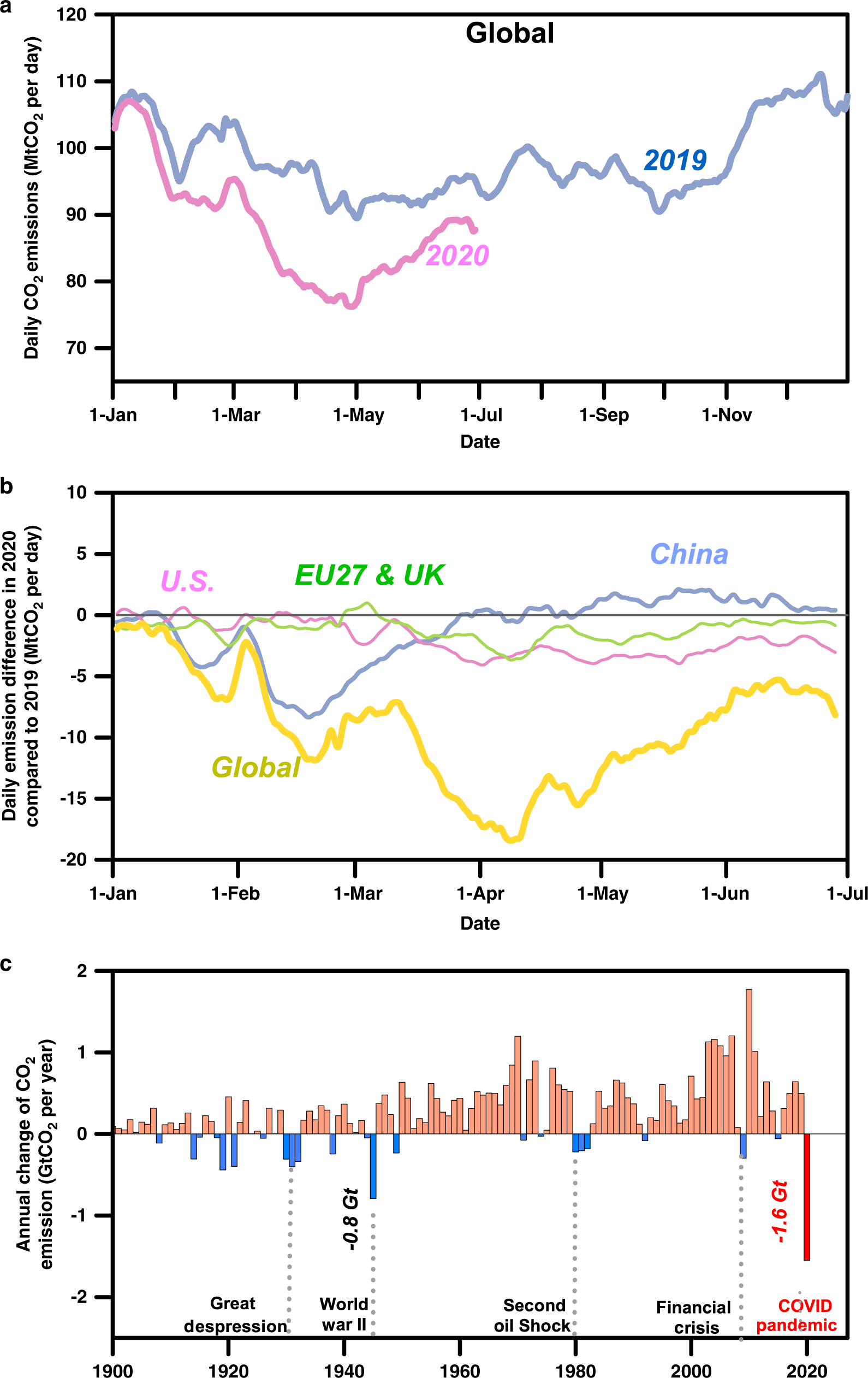



Near Real Time Monitoring Of Global Co2 Emissions Reveals The Effects Of The Covid 19 Pandemic Nature Communications
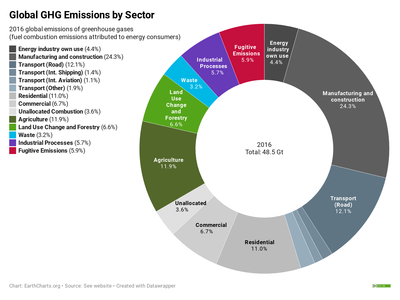



Greenhouse Gas Emissions Wikipedia
Greenhouse gas emissions from operators covered by the EU Emissions Trading System (EU ETS) fell by 133% in compared to 19 levels This reduction resulted from an 112% decrease in emissions from stationary installations and a 641% decrease in emissions By , countries submit their plans for climate action known as nationally determined contributions (NDCs) NDCs In their NDCs, countries communicate actions they will take to reduce their Greenhouse Gas emissions in order to reach the goals of the Paris Agreement Global greenhouse gas emissions plunged by roughly 24 billion tons this year, a 7% drop from 19 and the largest decline on record, triggered by worldwide Covid19 restrictions, according to new




U S Energy Related Co Sub 2 Sub Emissions Declined By 11 In Today In Energy U S Energy Information Administration Eia



Agropages Use Of Novel Nitrogen Management Technology To Mitigate Greenhouse Gas Emissions Agricultural News
Most of the world's greenhouse gas emissions come from a relatively small number of countries China, the United States, and the nations that make up the European Union are the three largest emitters on an absolute basis Per capita greenhouse gas emissions are highest in the United States and Russia Global Carbon Dioxide Emissions, 1850–40 Source CarbonGlobal CO 2 emissions were over 5% lower in Q1 than in Q1 19, mainly due to a 8% decline in emissions from coal, 45% from oil and 23% from natural gas CO 2 emissions fell more than energy demand, as the most carbonintensive fuels experienced the largest declines in demand during Q1Vor 2 en A new Metal and Mining research report on greenhouse gas emissions in gold mines by S&P Global Market Intelligence reviewed sustainability reports from more than 90




Forecasted California Ghg Emissions Co 2 Equivalent By Sector Download Scientific Diagram



Emissions By Sector Our World In Data
In the power sector, CO2 emissions declined by 33% (or 450 Mt) in , the largest relative and absolute fall on record While the pandemic reduced electricity demand last year, the accelerating expansion of power generation from renewables was the biggest contributor to lower emissions from the sector The world's countries emit vastly different amounts of heattrapping gases into the atmosphere The chart above and table below both show data compiled by the International Energy Agency, which estimates carbon dioxide (CO 2) emissions from the combustion of coal, natural gas, oil, and other fuels, including industrial waste and nonrenewable municipal waste Germany produced about 739 million tonnes of greenhouse gases emissions in – roughly 70 million tonnes (87%) less than in 19 These are the conclusions drawn from emissions data from the German Environment Agency (UBA) which were submitted according to the specifications of the Federal Climate Protection Act for the first time The cut in emissions achieved in
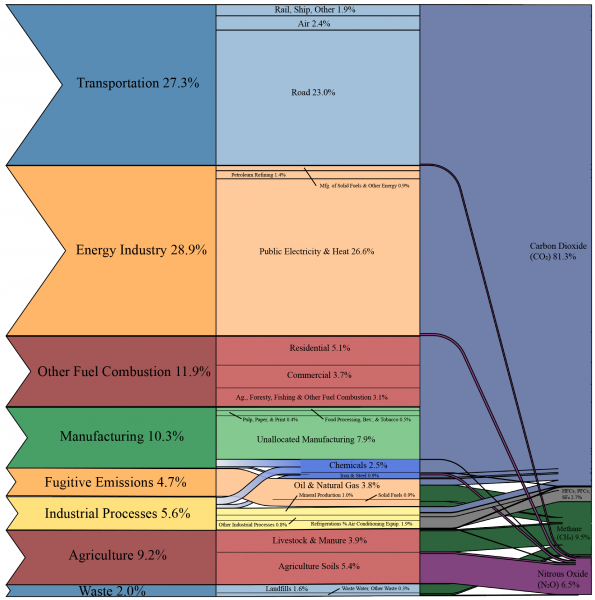



Carbon Footprint Factsheet Center For Sustainable Systems




How To Build A More Climate Friendly Chemical Industry World Economic Forum
Industryspecific and extensively researched technical data (partially from exclusive partnerships) A paid subscription is required for full access Read more Leading tech companies' scope 3 GHG emissions worldwide Published by Lionel Sujay Vailshery, Of the leading ten technology companies worldwide based on market capitalization, Amazon is theThis contains the results of the Scottish Greenhouse Gas Inventory, which is the key tool for understanding the origins and magnitudes of greenhouse emissions This presentation uses the sectoral classifications used in the main publication prior to the June publication Under the UN Kyoto Protocol, many industrialized nations around the world agreed to reduce their collective greenhouse gas emissions by about 5 percent of their 1990 amounts by 12 Although the goals of this agreement have not been met, the year 1990 remains an important point of reference for efforts to limit greenhouse gas emissions




The Effect Of Covid 19 On Co2 Emissions Econofact




Sources Of Greenhouse Gas Emissions Us Epa
China was the only major economy to increase greenhouse gas emissions in as most of the world experienced an economic contraction due to the Covid19 pandemic, according to research firm Total emissions were down 17 percent (335 kilotonnes) in the December quarter compared with the September quarter This compares to a 10 percent drop in gross domestic product (GDP) over the same timeperiod Electricity, gas, water, and waste service emissions fell 23 percent (606 kilotonnes) UN Climate Change News, 31 January 18 The UN is working with the global hotel industry to reduce greenhouse gas emissions and to make the industry more sustainable, in line both the Paris Climate Change Agreement and the UN's Global Goals The International Tourism Partnership (ITP), a global organization bringing together the world's most powerful hotel
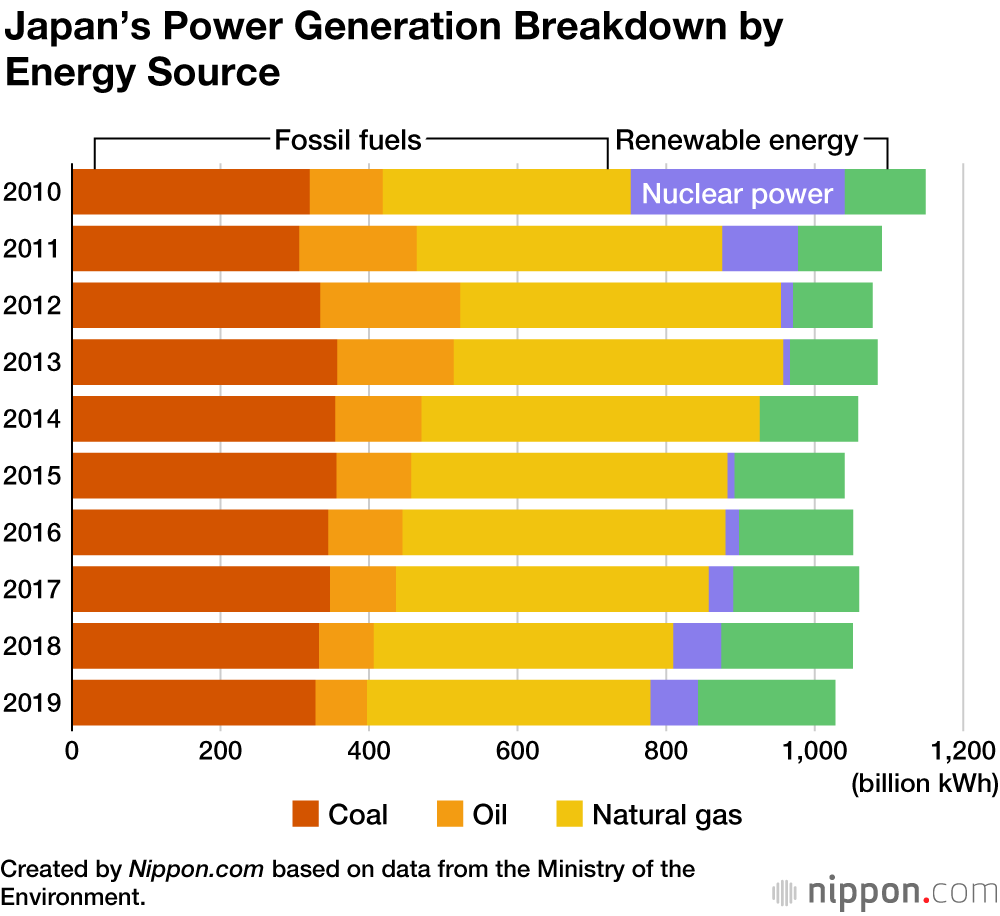



Japan Had Lowest Greenhouse Gas Emissions On Record In Fiscal 19 Nippon Com




How To Build A More Climate Friendly Chemical Industry World Economic Forum
By Brad Plumer Jan 12, 21 WASHINGTON — America's greenhouse gas emissions from energy and industry plummeted more than 10 percent in , reaching their lowest levels in at least three The emissions of carbon dioxide, methane, nitrous oxide, hydrofluorocarbons, perfluorocarbons, sulphur hexafluoride, nitrogen trifluoride and total greenhouse gas emissions, by industry (SIC 07 group around 130 categories), UK, 1990 to 19National measures to adapt to climate change;




4 Charts Explain Greenhouse Gas Emissions By Countries And Sectors Thecityfix




City Aiming To Release New Greenhouse Gas Inventory In Pittsburgh Post Gazette
Between 19 and , Groupe SEB saw greenhouse gas emissions decrease five percent from 228,484 to 217,315 tons of CO2 equivalentTotal US greenhouse gas emissions from industry, including electricity, have declined by 16 percent since 1990 All emission estimates from the Inventory of US Greenhouse Gas Emissions and Sinks 1990–19 Larger image to save or print Reducing Emissions from Industry There are a wide variety of industrial activities that cause greenhouse gas emissions, and many final emissions by Standard Industrial Classification and supplementary table added 25 March 21 19 UK greenhouse gas emissions final figures xlsx and ods data tables updated




Emissions Sources Climate Central




Cta S Industry Report On Greenhouse Gas Emissions Consumer Technology Association



1




The Clothing Industry Produces 3 To 10 Of Global Greenhouse Gas Emissions As Accurately Claimed In Patagonia Post Climate Feedback
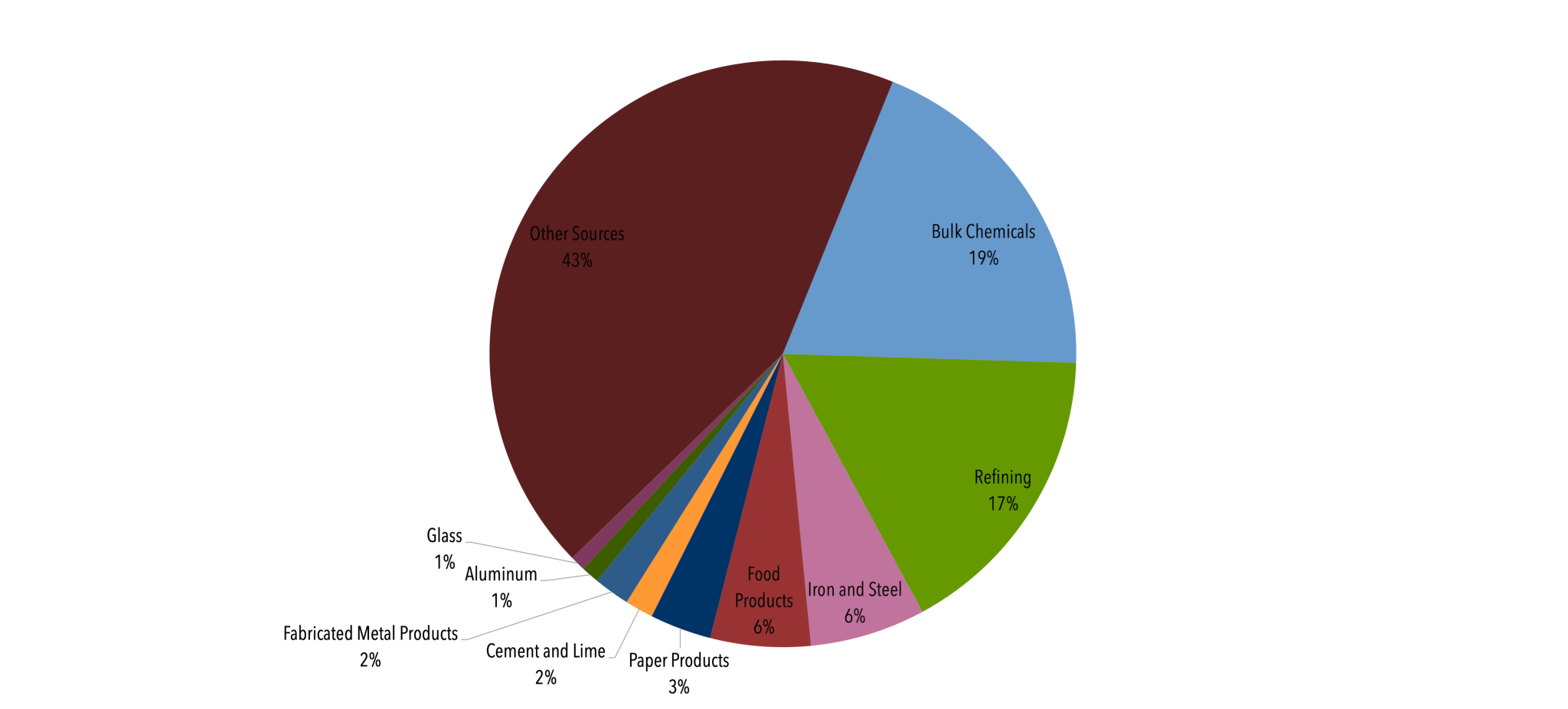



Controlling Industrial Greenhouse Gas Emissions Center For Climate And Energy Solutions



Emissions By Sector Our World In Data




Mexico S Greenhouse Gas Emissions Have Increased By 74 Since 1990 Climate Scorecard
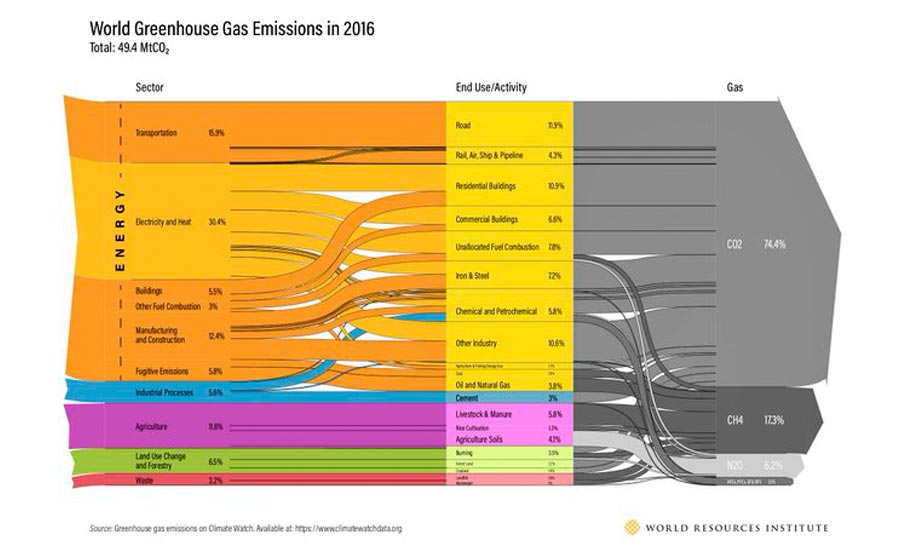



Global Greenhouse Gas Emission Data Is Interactive 02 07 Engineering News Record




Carbon Emissions From Fossil Fuels Could Fall By 2 5bn Tonnes In Greenhouse Gas Emissions The Guardian




Germany S Greenhouse Gas Emissions And Energy Transition Targets Clean Energy Wire




Transport Could Burn Up The Eu S Entire Carbon Budget International Council On Clean Transportation




World Greenhouse Gas Emissions By Sector Grid Arendal




How The Fashion Industry Can Reduce Its Carbon Footprint Mckinsey




Got Beef Here S What Your Hamburger Is Doing To The Climate




Share Of Global Co2 Emissions By Sector Statista




Glen Peters Greenhouse Gas Emissions By Sector A Figure Simply Not Shown Enough Energy Transformation Industry Still Dominate But Transport Agriculture Land Use Change All Similar Sizes This Is




Covid Took A Bite From U S Greenhouse Gas Emissions In The New York Times




Energy And Greenhouse Gas Emissions Ghgs
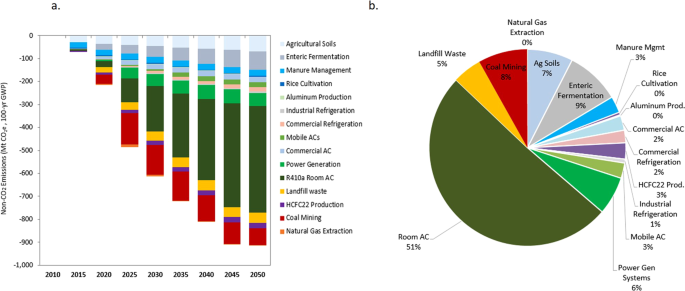



China S Non Co2 Greenhouse Gas Emissions Future Trajectories And Mitigation Options And Potential Scientific Reports



Www Ipcc Ch Site Assets Uploads 18 12 Unep 1 Pdf




Ogci S Upstream Carbon Intensity Target Ogci



Total Greenhouse Gas Emission Trends And Projections In Europe European Environment Agency




Global Greenhouse Gas Emissions Per Sector In 04 Total 50 Gtco 2 E Download Scientific Diagram




A Global Breakdown Of Greenhouse Gas Emissions By Sector



3




Global Emissions Center For Climate And Energy Solutions
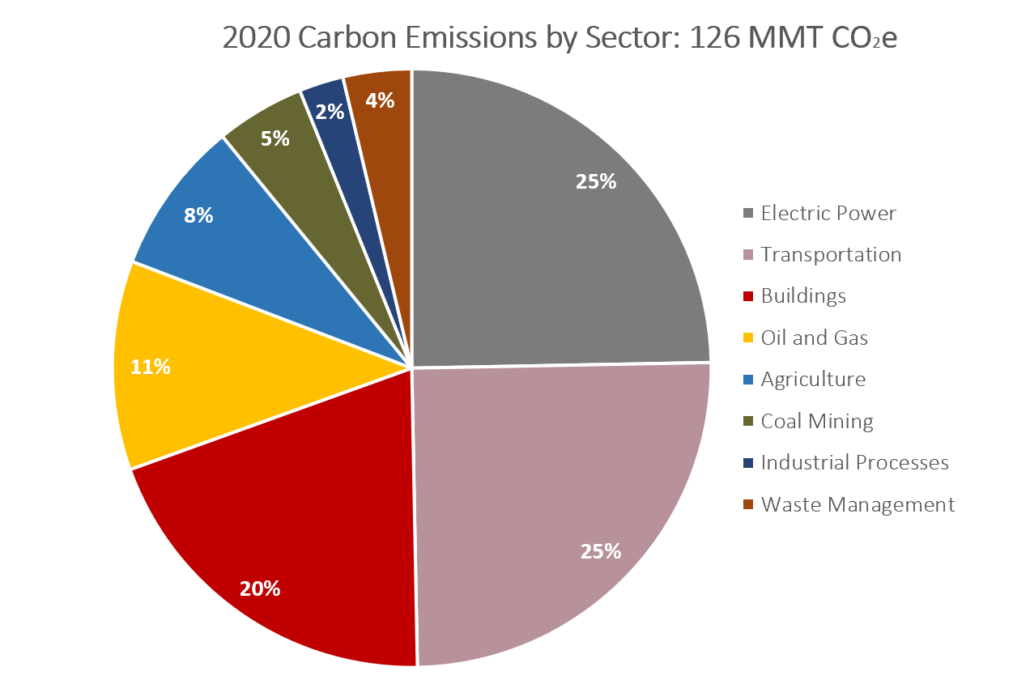



Colorado S Largest Sources Of Carbon Emissions Conservation Co



1




File Global Human Greenhouse Gas Emissions By Sector 16 Png Wikipedia




Australia Yearly Greenhouse Gas Emissions By Source Statista




Drivers Of Greenhouse Gas Emissions In Africa Focus On Agriculture Forestry And Other Land Use Our Africa Our Thoughts




A Global Breakdown Of Greenhouse Gas Emissions By Sector The New Capital Journal New Capital Management




Global Greenhouse Gas Emissions Data Us Epa
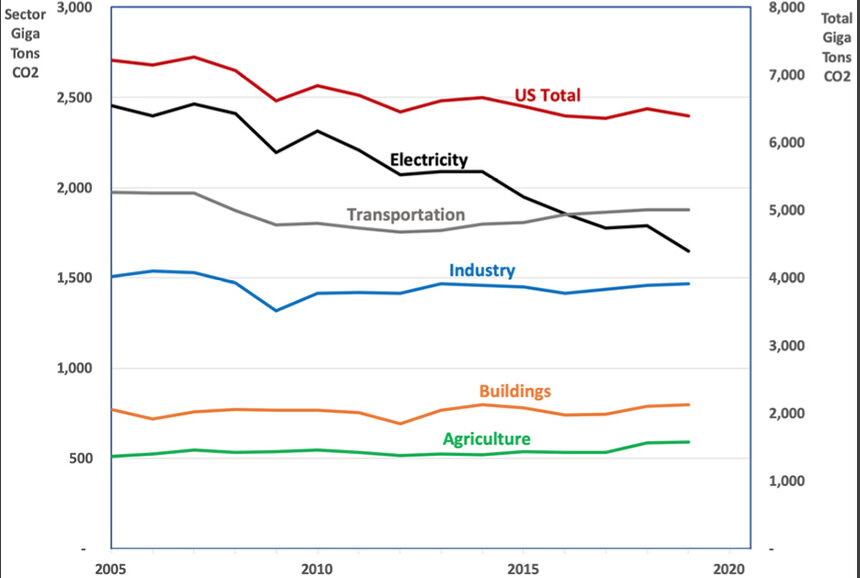



No Progress Made To Reduce U S Greenhouse Gas Emissions Ecori News




Co2 Emissions Declines From Lockdowns Will Not Solve The Climate Crisis
.png)



Fact Sheet The Growth In Greenhouse Gas Emissions From Commercial Aviation White Papers Eesi



Korea Aims For 30 Cut In Carbon Emissions By
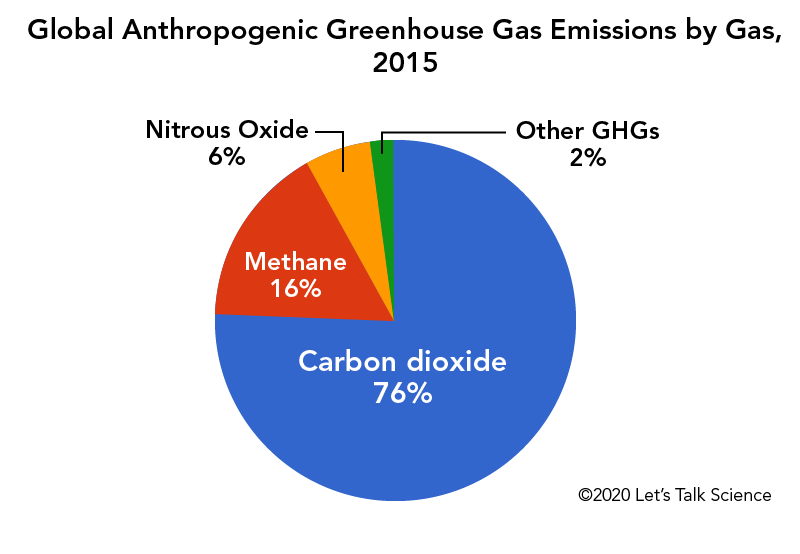



Cows Methane And Climate Change Let S Talk Science




International Hydropower Association




Outlook For Future Emissions U S Energy Information Administration Eia



Www Pbl Nl Sites Default Files Downloads Pbl Trends In Global Co2 And Total Greenhouse Gas Emissions 19 Report 4068 Pdf




Washington S Greenhouse Gas Emissions Continue To Trend Higher In Latest Inventory The Seattle Times
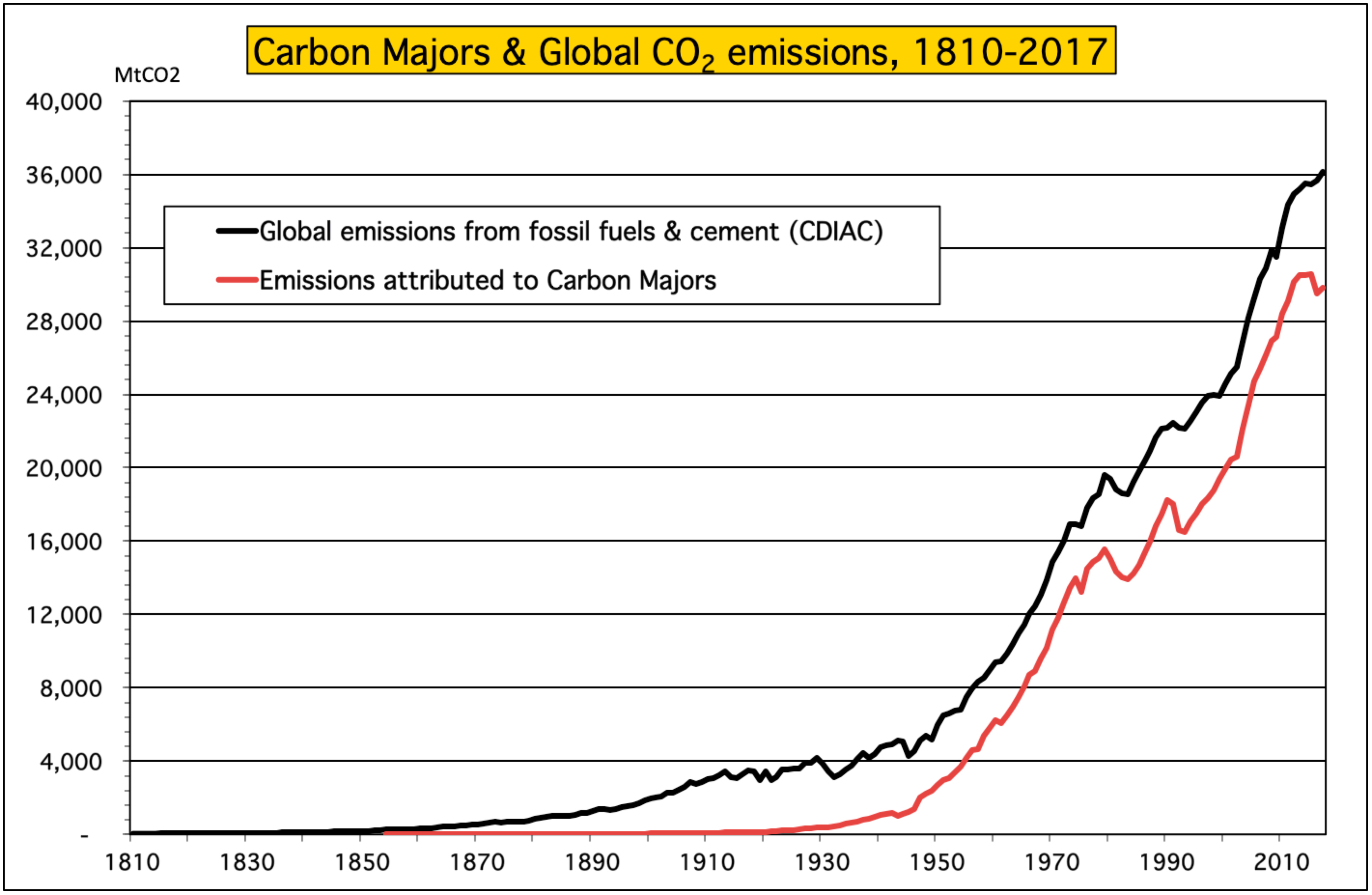



Climate Accountability Institute




Global Greenhouse Gas Emissions Data Us Epa
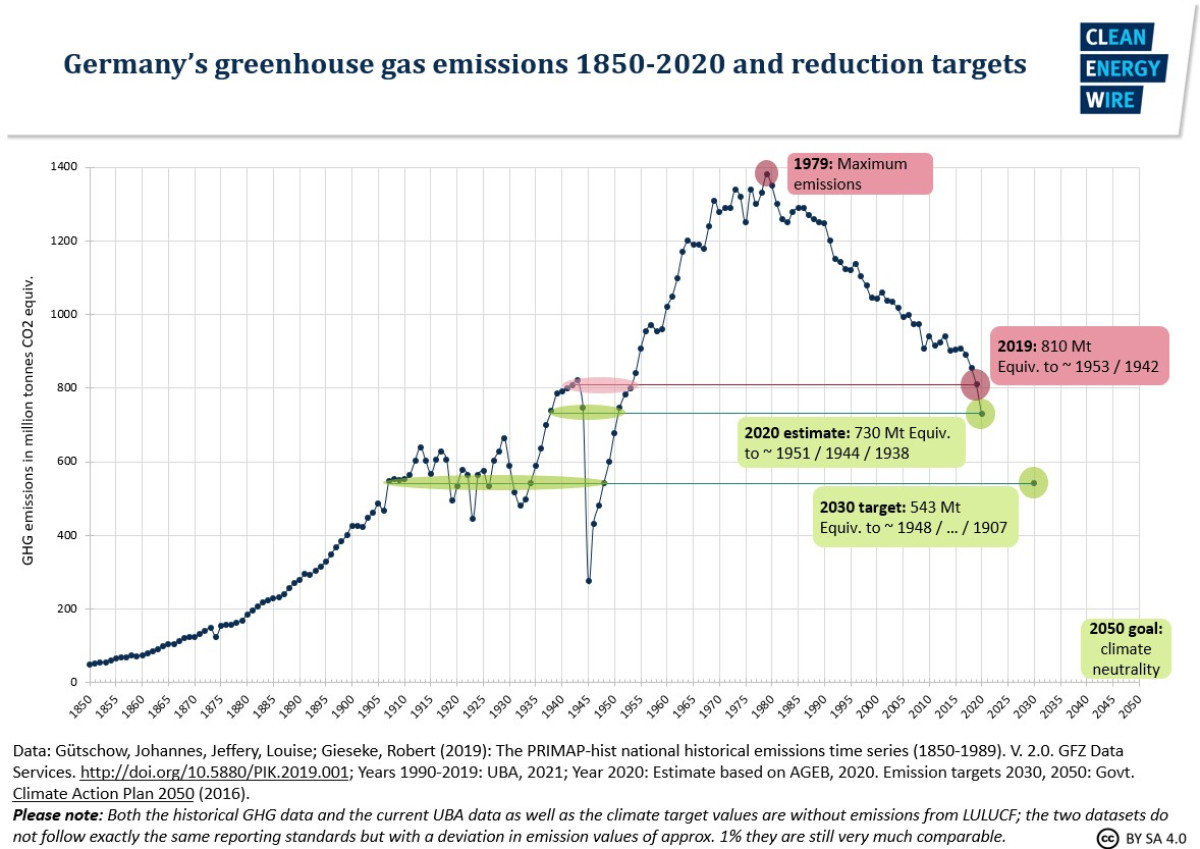



Germany S Greenhouse Gas Emissions And Energy Transition Targets Clean Energy Wire
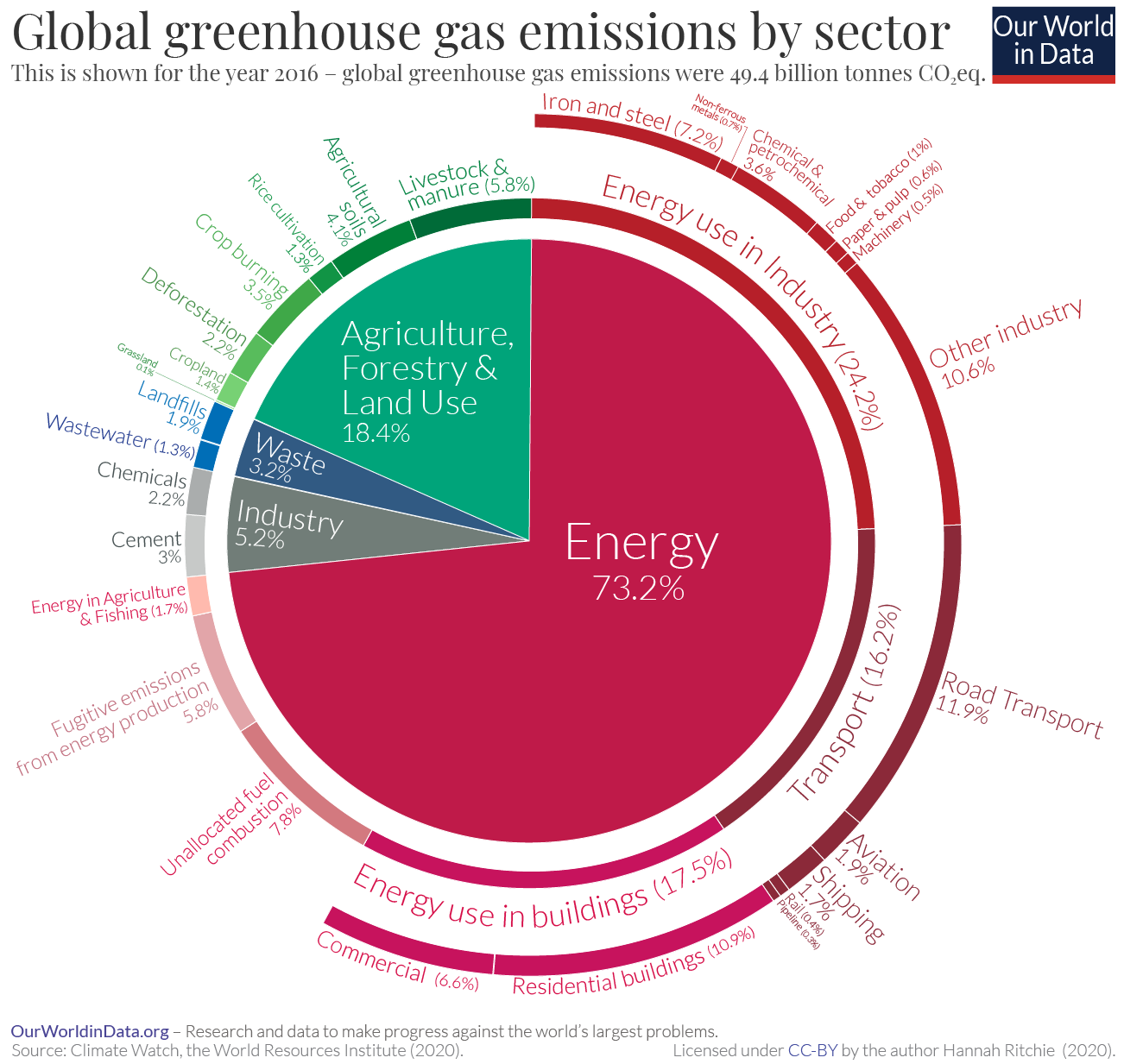



Sector By Sector Where Do Global Greenhouse Gas Emissions Come From Our World In Data



Why Cities Will Need To Play A Central Role In The Net Zero Agenda Centre For Cities




Each Country S Share Of Co2 Emissions Union Of Concerned Scientists



Epa Annual Inventory Shows Us Ghg Up 3 1 From 17 18 Green Car Congress
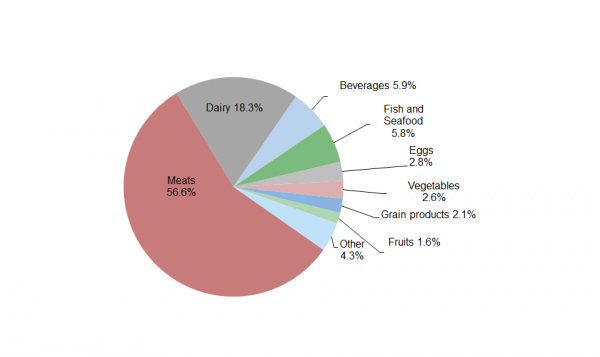



Carbon Footprint Factsheet Center For Sustainable Systems




New Buildings Embodied Carbon Architecture 30




U S Emissions Dropped In 19 Here S Why In 6 Charts Inside Climate News



Cait Climate Data Explorer
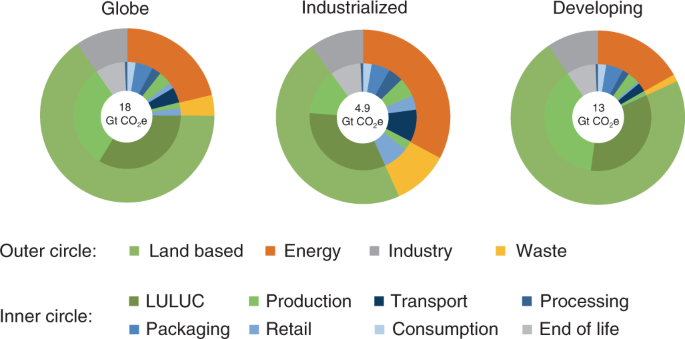



Food Systems Are Responsible For A Third Of Global Anthropogenic Ghg Emissions Nature Food




Global Greenhouse Gas Emissions By Industry Energy Innovation Policy And Technology
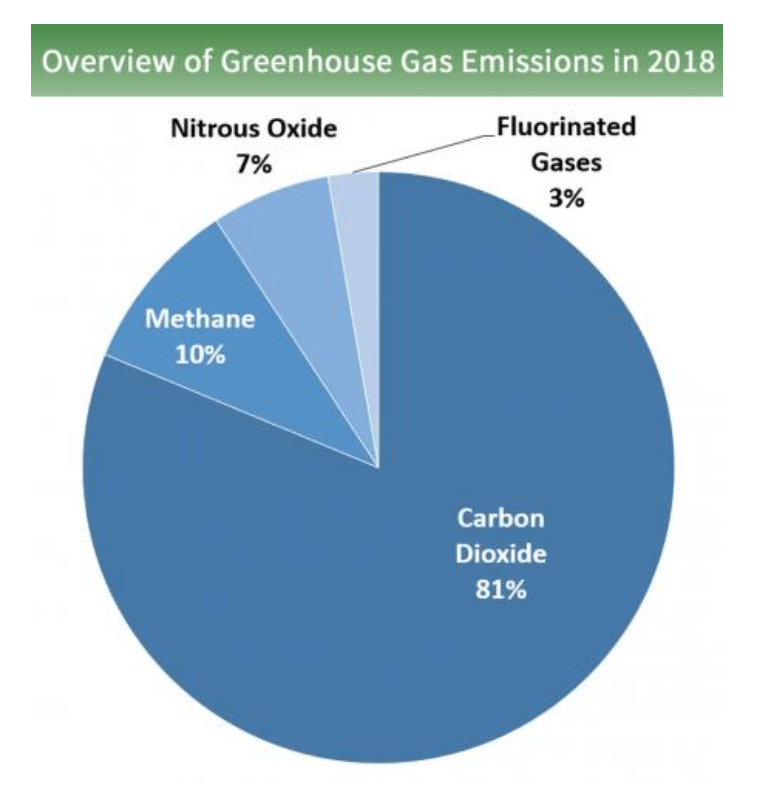



Epa Greenhouse Gas Emissions Sunk Over The Last Decade Ngt News




Seedquest Central Information Website For The Global Seed Industry
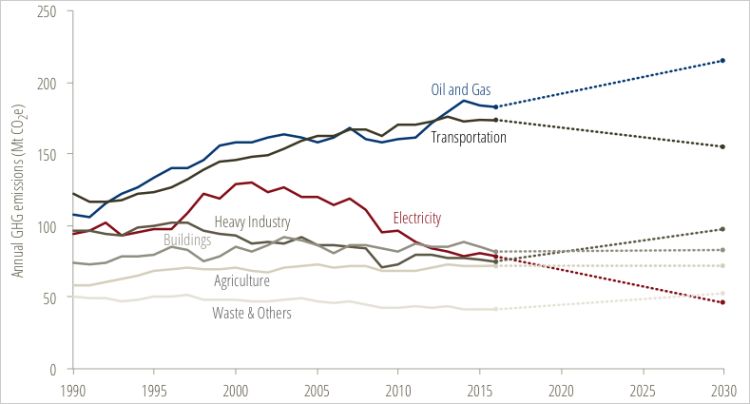



Three Takeaways From Canada S Latest Greenhouse Gas Emissions Data Blog Posts Pembina Institute



Emissions By Sector Our World In Data




Carbon Intensive Industries The Industry Sectors That Emit The Most Carbon Eco Warrior Princess



Greenhouse Gas Emissions Wikipedia




What Is The U S Oil Industry Doing About Greenhouse Gas Emissions Dallasfed Org



1




Britain S Greenhouse Gas Emissions Dropped 9 In Amid Pandemic Reuters




Emissions Sources Climate Central
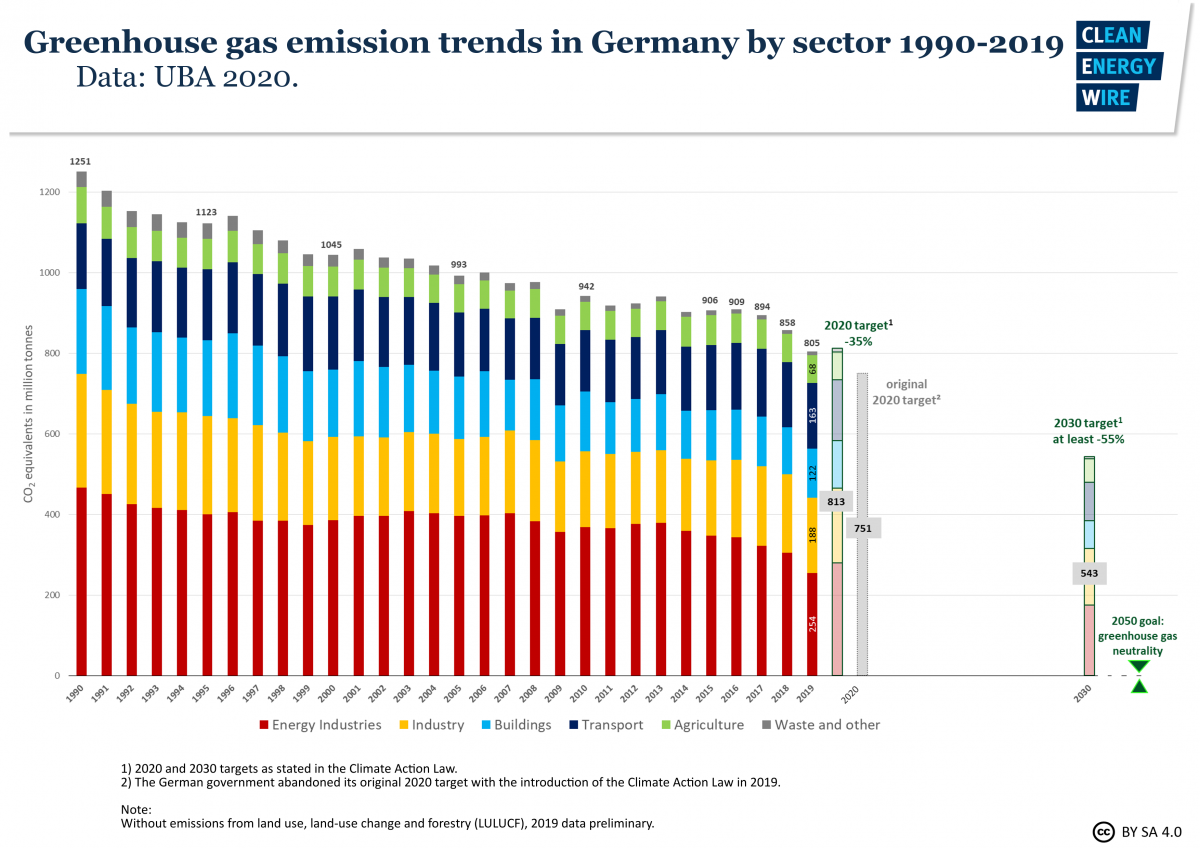



Steep Emissions Plunge Puts Germany S Original Climate Target Back On The Cards Clean Energy Wire




New State Report Shows Slight Decline In Greenhouse Gas Emissions From 15 To 16 But Vt Still Far Off Track To Meeting Climate Commitments Energy Action Network




File Greenhouse Gas Emissions Analysis By Source Sector Eu 27 1990 And 18 Percentage Of Total Png Statistics Explained




Preliminary Greenhouse Gas Emissions Estimates For China Rhodium Group
/cdn.vox-cdn.com/uploads/chorus_asset/file/13677383/Screen_Shot_2019_01_07_at_12.53.26_PM.png)



Us Carbon Emissions Are Rising Again After Years Of Decline Vox
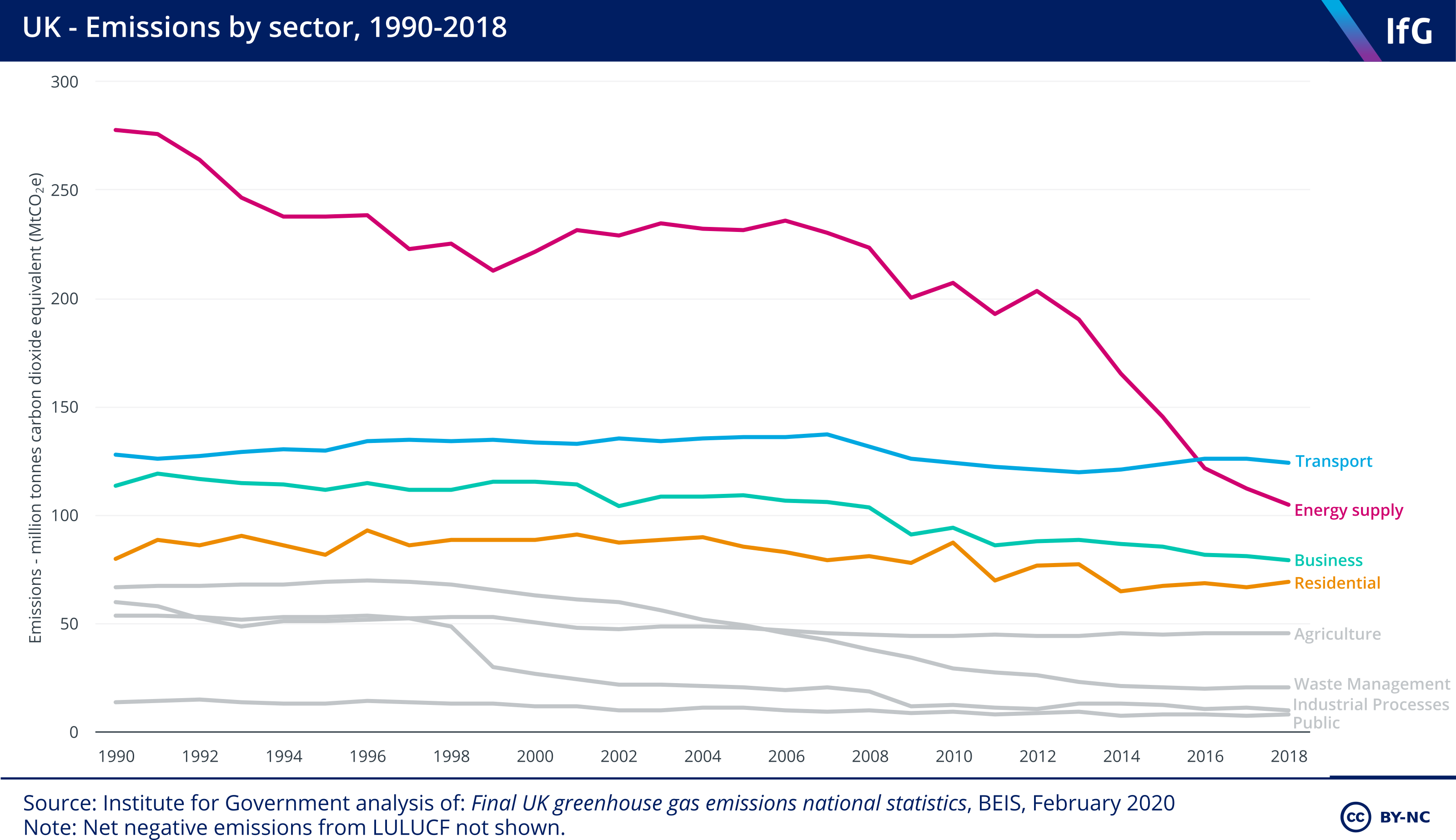



Uk Net Zero Target The Institute For Government




Climate Pollutants Fall Below 1990 Levels For First Time California Air Resources Board




Indicator Greenhouse Gas Emissions In Industry Umweltbundesamt




How Is The Uk Tackling Climate Change Energy Climate Intelligence Unit
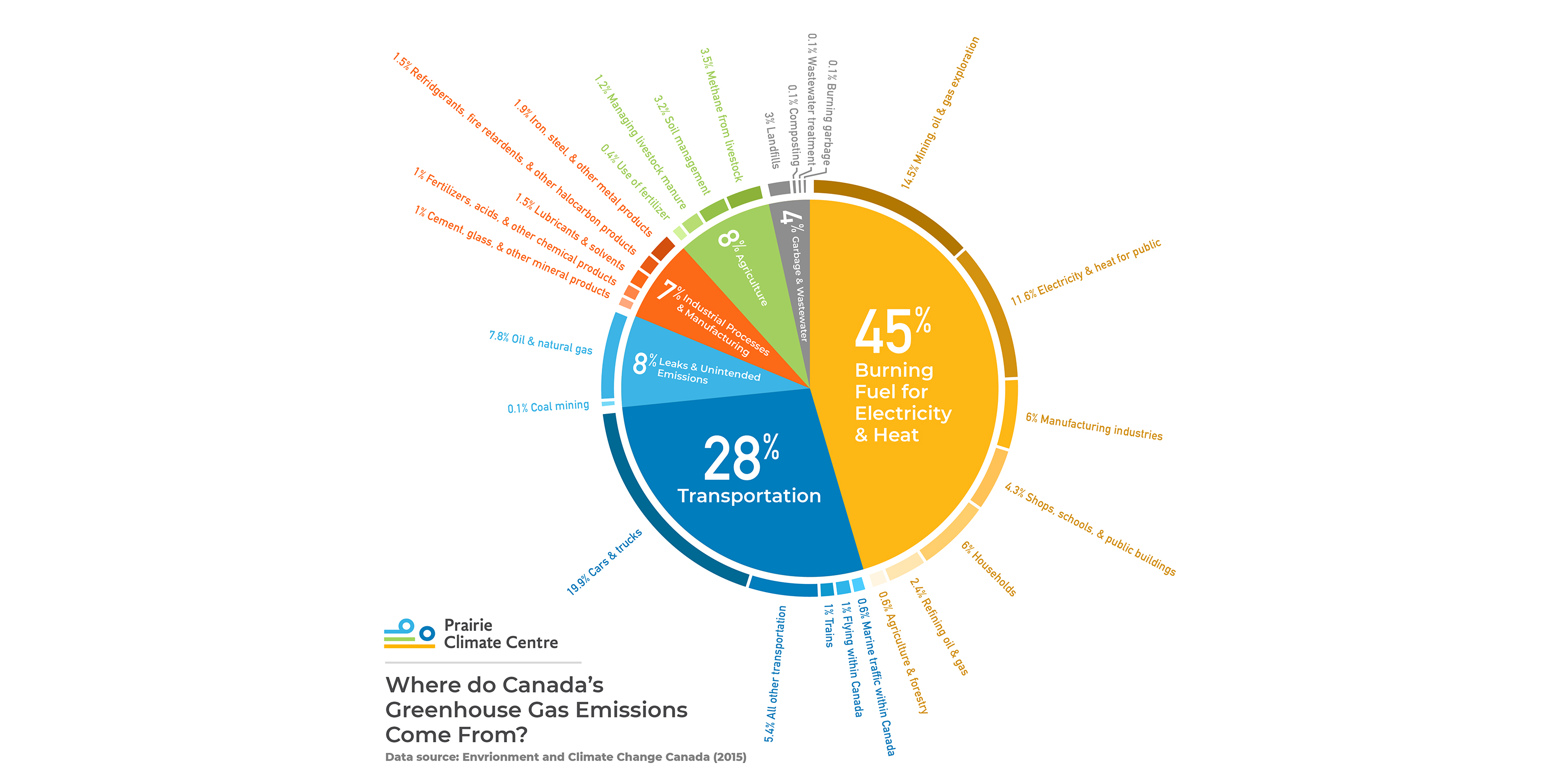



Where Do Canada S Greenhouse Gas Emissions Come From




Carbon Intensive Industries The Industry Sectors That Emit The Most Carbon Eco Warrior Princess
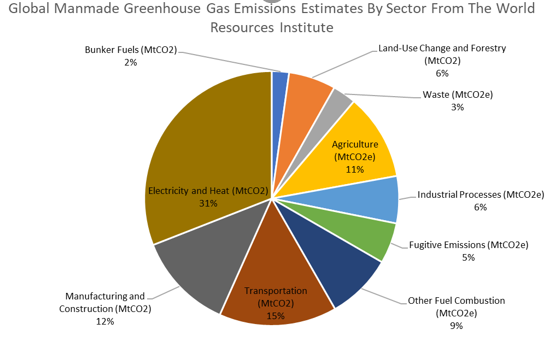



How Much Does Animal Agriculture And Eating Meat Contribute To Global Warming




Global Food System Emissions Could Preclude Achieving The 1 5 And 2 C Climate Change Targets Science




Global Carbon Emissions Down By Record 7 In News Dw 11 12




Natural Gas Said Part Of The Solution As Biden Pledges To Halve Us Ghg Emissions Natural Gas Intelligence




U S Emissions Dropped In 19 Here S Why In 6 Charts Inside Climate News




Why The Building Sector Architecture 30
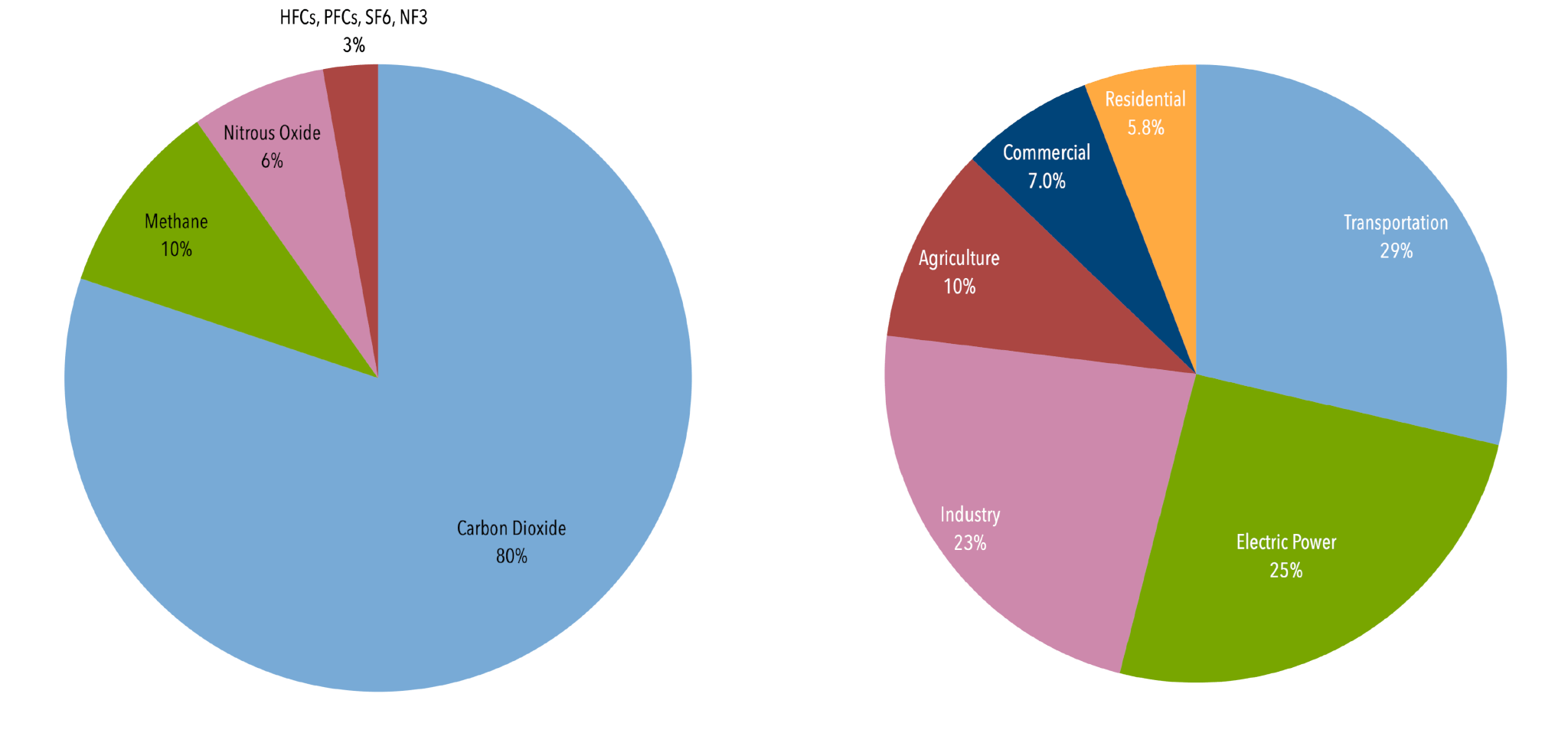



U S Emissions Center For Climate And Energy Solutions
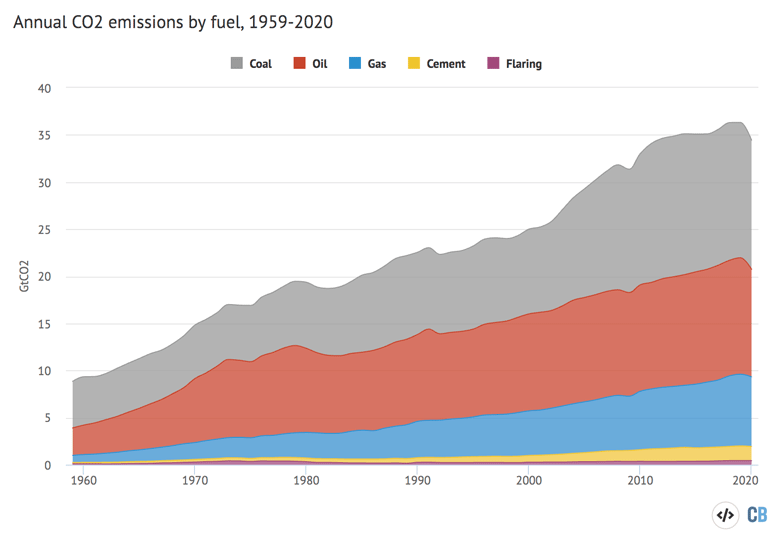



Global Carbon Project Coronavirus Causes Record Fall In Fossil Fuel Emissions In Carbon Brief



0 件のコメント:
コメントを投稿